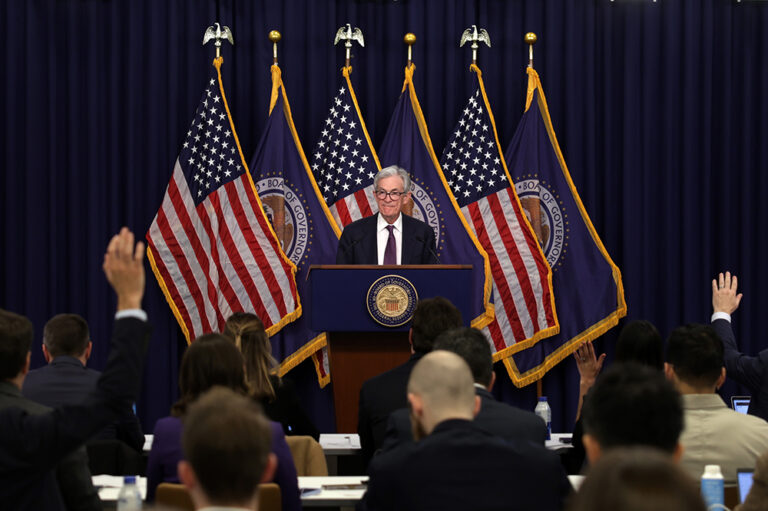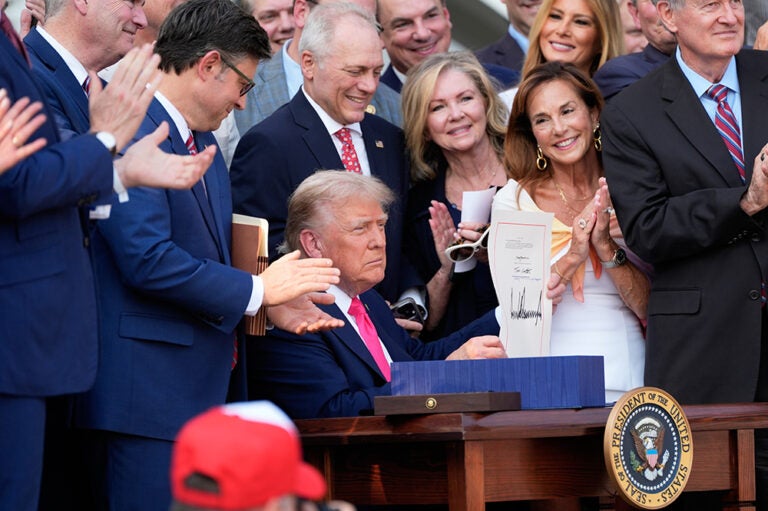Healthcare spending in the United States is rising, with serious implications for the federal budget, according to annual projections from the Office of the Actuary in the Centers for Medicare & Medicaid Services (CMS). The projections include healthcare spending by source of funds, type of service, and sponsor ranging from the latest historical year of 2023 through 2033.
National health expenditures, which include both public and private spending on healthcare, are projected to grow from $5.3 trillion, or $15,610 per person, in 2024 to $8.6 trillion, or $24,200 per person, in 2033. Relative to the size of the economy, national health expenditures are projected to climb from 18.0 percent of gross domestic product (GDP) in 2024 to 20.3 percent by 2033 as healthcare costs will outpace the growth in the economy.
Healthcare costs will continue to rise, but they are growing at a slower rate than previously expected. An analysis by Peterson-KFF found that spending in 2023 was $704 billion less than CMS’s 2010 projections. If spending growth remained on the 2010 trendline, national health expenditures in 2033 would reach $10.3 trillion — approximately $2 trillion greater than the current projections. This change is partially due to a slowdown in health expenditure growth at the end of the 2010s. Economic conditions such as the 2008 recession and slower gross domestic product growth may have played a role, but healthcare spending is closely related to healthcare service utilization patterns and cost of treatments.
Still, healthcare costs will continue to rise due to a myriad of factors, including an aging population and the rising cost of health services. The aging population translates to higher healthcare costs because older people, on average, need more healthcare. For example, individuals aged 65 and older spend, on average, approximately two-and-a-half times more on healthcare per person than working-age individuals and five times more than children. The rising cost of health services will also raise healthcare spending — driven by new technology, fast-growing inflation, and greater labor costs.
That growth in healthcare costs has consequences for the nation’s fiscal outlook. Primarily due to the aging of the population, enrollment in government health insurance programs such as Medicare will rise. Federal spending on healthcare is expected to climb from $2.4 trillion in 2024, or 48 percent of healthcare spending, to $4.3 trillion, or 53 percent of healthcare spending, in 2033.
Healthcare costs are already high and rising, and CMS’s projections of national health expenditures confirm the continuation of that trend. With total healthcare spending expected to reach one-fifth of the economy in the next 10 years, lawmakers should consider solutions to rein in costs to reduce the financial burden on consumers and help improve the nation’s fiscal trajectory.
Photo by Brandon Bell/Getty Images
Further Reading
Quiz: How Much Do You Know About Healthcare in the United States?
The United States has one of the largest and most complex healthcare systems in the world. Take our healthcare quiz to see how much you know about the cost and quality of the U.S. healthcare system.
The Fed Reduced the Short-Term Rate Again, but Interest Costs Remain High
High interest rates on U.S. Treasury securities increase the federal government’s borrowing costs.
How Did the One Big Beautiful Bill Act Affect Federal Spending?
Overall, the OBBBA adds significantly to the nation’s debt, but the act contains net spending cuts that lessen that impact.


